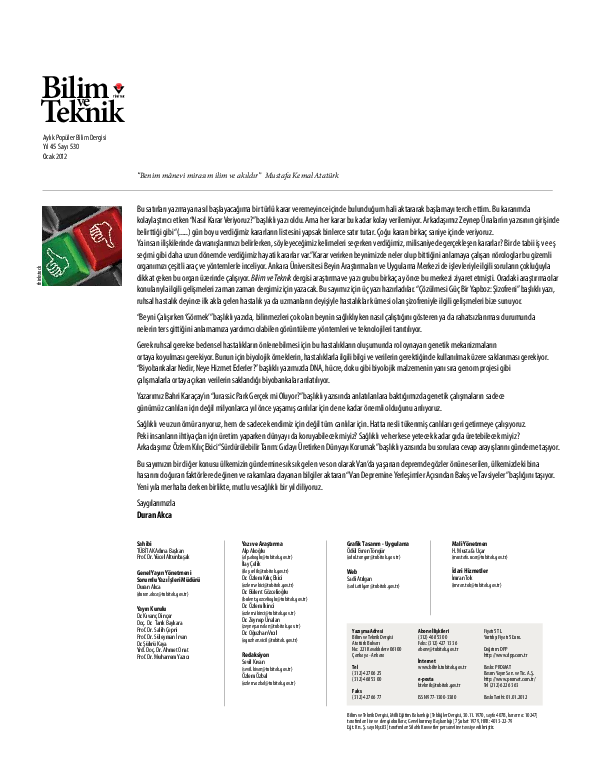Kernigan D Ritchi Yazik Programmirovaniya Si Pdf

Members of Aboriginal, Torres Strait Islander and Maori communities are advised that this catalogue contains names and images of deceased people. -2011/infixpro-pdf-editor-506-portable09-2011.html 2011-09-30 always 0.6. -2011/d-arsenev-ognenniy-basseyn-ebook-pdf10-2011.html 2011-10-04 always. Danda pindagalu kannada serial title song list. /shaolin-shaolin-xin-shao-lin-si-2011-hdrip10-2011.html 2011-10-20 always.
It was owned by several entities, from Compubyte Limited to admin@compubyte.vg, it was hosted by Compubyte Limited. 
Abstract A criss-cross heart is an extremely rare congenital cardiac anomaly characterized by crossing of the inflow streams of the two ventricles and almost always associated with other severe cardiac diseases. In this article, a total of seven patients with criss-cross morphology were identified from the hospital records and clinical characteristics of these patients and associated congenital cardiac diseases were discussed in the light of the literature data. Age on admission ranged from one month to 13 years.
Of the seven patients, three presented with cyanosis, three with murmur, and one with respiratory distress and heart failure. The visceroatrial situs was solitus in all patients including levocardia in five and dextrocardia in two. The atrioventricular connection was concordant in four patients and discordant in one patient, while double-inlet ventricle was present in two patients. The ventriculoarterial connection was concordant in four patients and discordant in one patient, while doubleoutlet ventricle was present in one patient and single outlet (pulmonary atresia) in another patient. Two patients underwent corrective biventricular repair, while one patient underwent bidirectional cavopulmonary shunting.
Crisscross heart is an extremely rare and complex anomaly which should be kept in mind to recognize with echocardiography. Case Presentation Between January 2006 and August 2014, seven patients with criss-cross morphology were identified from the hospital medical records and cardiac catheterization database. In addition to the demographic and clinical findings, echocardiography, cardiac catheterization, and angiography findings of all of the patients at the time of initial diagnosis were obtained from their medical records. The diagnosis of criss-cross morphology was established by echocardiography in case of inability to obtain a characteristic four-chamber view in any plane through detailed two-dimensional and Doppler echocardiographic examinations using the 3 or 7 MHz probe of a Vivid 7 ultrasound device (GE Vingmed Ultrasound AS, Horten, Norway). All patients had associated congenital heart defects. Cardiac catheterization and angiography were performed to obtain pressure or oxymetric data to identify associated defects.

Case 1– A 1 3-year-old m ale w as r eferred t o o ur clinic with murmur, palpitation, and easy fatigue. His physical examination revealed a 3/6 systolic murmur best heard at the upper left sternal area.
He had no cyanosis. Echocardiography demonstrated crisscross morphology as well as situs solitus levocardia, congenitally corrected transposition of great arteries (ccTGA) with right anterior aorta, straddling mitral valve, large inlet ventricular septal defect (VSD), atrial septal defect (ASD) and valvular and subvalvular pulmonary stenosis (PS) with a maximum pressure gradient of 70 mmHg. Cardiac catheterization and angiography were performed. Oxygen (O 2) saturation in the descending aorta was 95%, while the mean pulmonary artery pressure was 19 mmHg. The patient is currently being followed without any surgical intervention. Case 2– A 16-month-old girl was admitted to our center due to cyanosis.
On physical examination, severe cyanosis and 3-4/6 systolic ejection murmur best heard at left upper sternal border were detected. Echocardiography revealed situs solitus levocardia, a criss-cross heart, double inlet left ventricle, right ventricular hypoplasia, restrictive small VSD, severe PS and pulmonary hypoplasia, and persistent left superior vena cava. Cardiac catheterization and angiography confirmed these findings and additionally demonstrated an O 2 saturation of 65% in the descending a orta and the mean pulmonary artery pressure of 12 mmHg.
Bidirectional cava pulmonary shunt was recommended to the patient; however, she was lost in follow-up. Case 3– A five-year-old female patient was referred to our center with the diagnosis of complex congenital heart disease detected during the examination for murmur and dextrocardia.